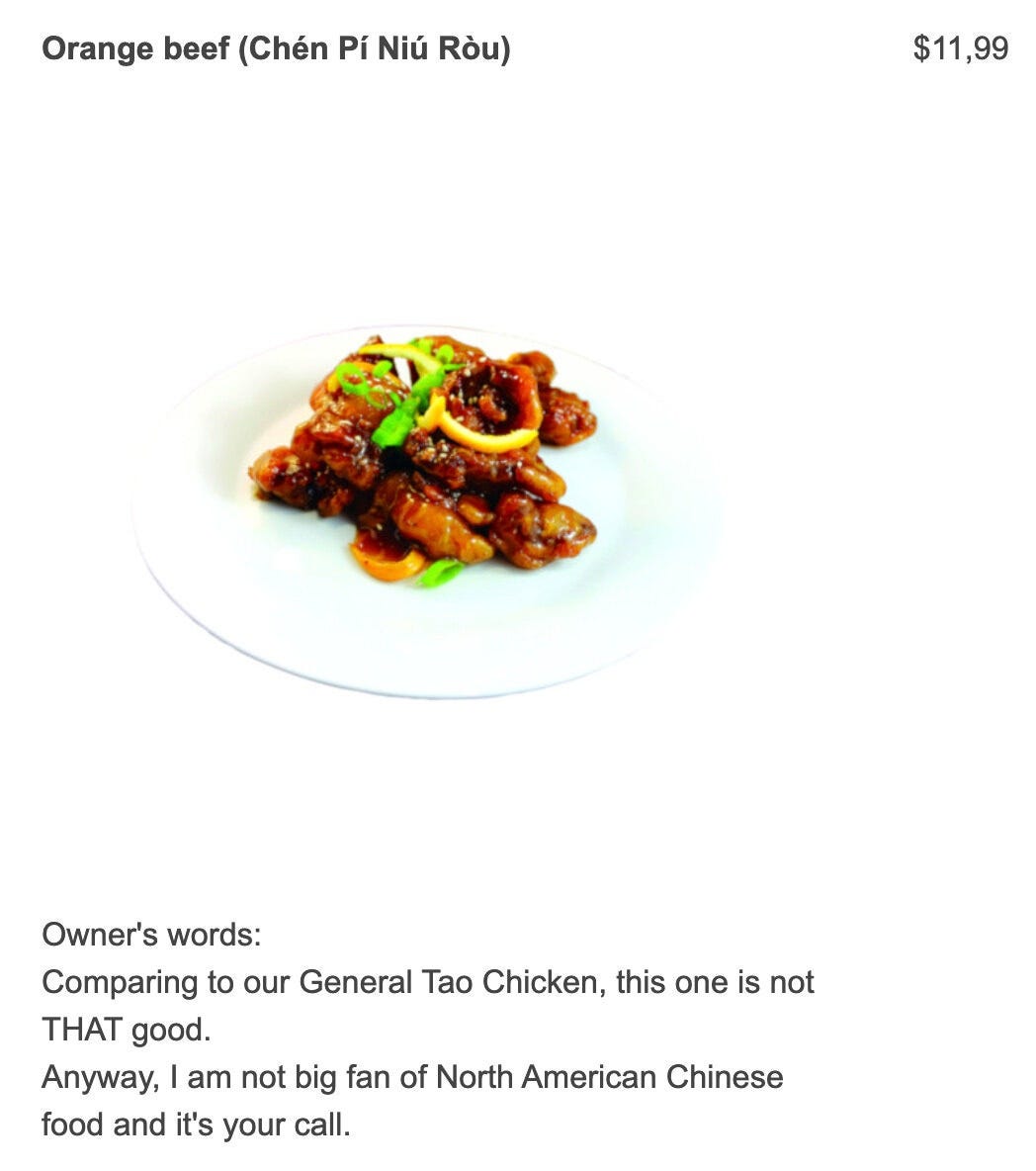Welcome to The Road Ahead! A newsletter musing on today’s emerging food culture and tomorrow’s opportunities.
It was April 2020 and love at first shake. Stanley Tucci, the actor, had posted an elegant step-by-step Negroni cocktail tutorial, with requisite shaker, on Instagram and the world went wild (I, of course, have long been a fan – circa Big Night and that insane Timpano). And then came Searching for Italy, his recent CNN food & travel show, following Tucci as he journeyed through the country’s most delicious regions….and again, the pasta! If you haven’t already watched the six-part series, consider your evening plans, planned.
Apart from intensifying a deep sense of wanderlust after a year of lockdowns, each episode was beautifully constructed as a way to educate and enlighten on the history, culture and politics behind Italy’s vast culinary traditions. One of my favorite segments was from the Tuscany episode, where Tucci embarked on a wine crawl through Florence’s many “wine windows”, or little doors of paradise.
The Wine Window Association of Florence has documented more than 150 wine windows across the city.
Tiny portals entrenched in the sides of century-old buildings, wine windows were first introduced in the 1500s, when Florence authorized that wealthy families could sell wine directly to consumers from their homes. As Tucci and his friend traverse through the streets, approaching these small arched windows, panels would rise and give way to an outstretched arm offering a glass of wine. It all looked very civilized, convenient and, in the spirit of heightened social distancing, safe. But what struck me most, was the sense of intimacy. Just one hand, reaching out to another.
And it got me thinking about today’s food culture and transparency…
Over the past decade, transparency in processes and practices had become a key ingredient in building trust between restaurants, brands and customers. Whether it was looking into open-kitchens, down assembly lines or up at digital signage, customers regarded transparency as a cue for safety, quality and integrity. Of course, the pandemic changed all that when restaurants and bars across the country were forced to close indoor dining, and chefs and operators no longer had a physical space to welcome customers into their kitchens to showcase products, purveyors and culinary narrative.
So how did these important transparency cues continue and evolve? Intimacy!
Without being able to host customers onsite, chefs and operators took to zoom, Instagram Live and other social platforms to invite customers into their own homes and kitchens to lead demos, classes and guided dining experiences. And what could be more intimate than cooking along with someone in their own kitchen? With any pretenses dropped, and a shared sense of extraordinary circumstances, more vulnerable, more personable relationships were formed. Chefs and operators were no longer just sharing their processes and practices, they were also sharing their lives. And what emerged was an even deeper level of trust and transparency we never knew we craved.
Not to mention the new business opportunities and revenue channels it helped pave the way for.
Looking ahead as our world slowly reopens, I’m confident that meal kits and delivered multi-course dining experiences paired with live streamed programming will now become a permanent fixture in our dining landscape. But even more so, I’m very excited to see how this new-found intimacy between chefs and customers has supported the expansion of a whole new business model: the independent homegrown restaurant pop-up.
Over the course of this past year, we’ve seen an incredible wave of people creating small-scale culinary concepts out of their homes. Whether cooks who found themselves temporarily out of work or those finally pursuing their baking and pizza passions, these entrepreneurs leveraged the same live stream programming and social channels to invite us into their home kitchens and showcase their cooking and menus. Where once we might have been too nervous to order homecooked food from a stranger, now, by sharing their lives and engaging in personal conversations, it’s yet again intimacy and vulnerability that allows us to feel more connected and comfortable ordering food from someone’s home – and ultimately, redefining what a restaurant pop-up can be!
Speaking of vulnerability and redefining how restaurants connect with customers, I don’t think any restaurant story made me smile more this year than Cuisine AuntDai in Montreal. Practicing radical transparency, owner Feigang Fei took the unusual tactic of sharing his most honest opinions about his restaurant’s dishes right on the online menu. Case in point:
Photo captured from the New York Times article on Cuisine AuntDai. Anyone reading this in Montreal? Please order and report back!
AuntDai’s menu and Fei’s supremely frank approach drew attention across the world. Sure, it’s pretty hilarious to be so brutally candid. But it’s also deeply intimate and sincere. And at a time when everyone is struggling to just keep it together, almost liberating.
Humility and humanity is a new language we will undoubtedly see more of as our industry adapts and reinvents. Building in intimacy and vulnerability into business practices will be another way to convey transparency and build meaningful relationships with customers.
Thinking back to that notorious Stanley Tucci Negroni Instagram post, it’s interesting to note that he kicks things off looking straight into the camera and asks: “Would you like one?” Sure, he’s talking to his wife here, but for a moment, if only for a millisecond, it’s as if he’s speaking directly to you. Inviting you into his home for a cocktail. One hand, reaching out to another. Intimacy.
Have you ordered from a homegrown restaurant pop-up recently? Would love to hear about your experience! Drop a comment below or email me at ivy@butterandeggroad.com
Know someone who’d enjoy this newsletter?
Was this newsletter forwarded to you? Come join the journey on The Road Ahead!
Written by Ivy Ackerman, founder of Butter and Egg Road, an NYC-based creative culinary agency, building bridges between business and emerging food culture. Follow her on Instagram or LinkedIn.





